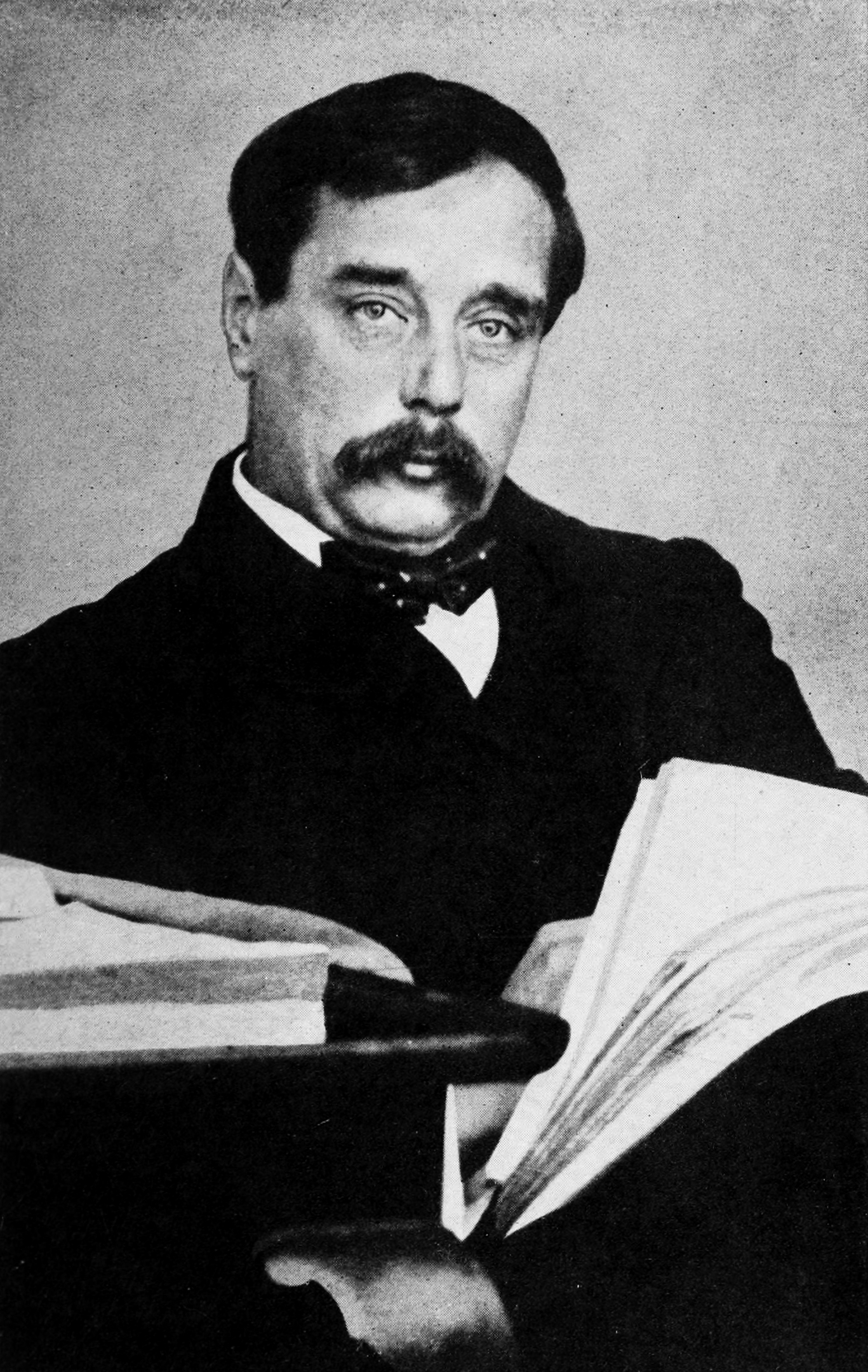“Incidental Thoughts on a Bald Head” is an essay written by the English author H. G. Wells (1866–1946). First published in The Pall Mall GazetteEvening newspaper launched in London in 1865, which introduced investigative journalism into British journalism, along with other innovations. on 1 March 1895 under the title “Thoughts on a Bald Head”, and subsequently reprinted in Certain Personal MattersCollection of 39 mainly humorous essays and articles by H. G. Wells, first published in 1897. (1897), it deals with the author’s musings on the replacement of natural losses such as hair and teeth with artificial substitutes.[1]
Synopsis
The author has been persuaded by his wife Euphemia to attend a Sunday lecture organised by people he understands to be Sceptics, those who have conscientious objections to attending church or chapel, but through “devotional habit” have replaced religious services with lectures in which priests are replaced by professors and altar-pieces with lantern slides. The subject of the lecture this Sunday is the effect of alcohol on muscles.
The lecture is rather dull, and many of the audience fall asleep. The author is struck by how many of the heads glimmering in the reflected light of the slide show are bald, which sets him off on a train of thought as to what the evolutionary advantages of baldness might be. Accepting the Darwinian idea that humans are descended from some kind of hairy simian ancestor, there must presumably be some kind of advantage to shedding that hair, yet logic would seem to suggest that a good covering of hair would be far superior to clothing for retaining body heat, and a thick covering of hair on the head would surely be more effective than any hat.
The only scientific explanation the author has so far encountered is that of Professor Weissman, who has suggested that vanity encouraged early humans to pluck out their hair in an attempt to look more attractive. But that seems to be a rather weak explanation, as the acquired characteristics of the parent are not transmitted to the child.[a]The theory that the children of blacksmiths, for instance, could inherit the musculature of their father is known as Lamarckism. Professor Weismann was in reality one of the first to cast doubt on the inheritance of acquired characteristics.[2]
The author concludes that the loss of hair must be due to diet. Humanity’s simian ancestor was vegetarian, and in his experience most vegetarians are “shock-headed, ample-bearded men”. Looking around the lecture hall at the “glistening crania” of much of the audience, he considers other losses:
It seems to the author that humanity is simply attempting to keep pace with its losses by inventing clothes, wigs, artificial teeth and so on.
Commentary
Euphemia is “usually thought to be a portrait of Jane [Catherine] Wells,[b]Wells’s second wife, also known as Amy. though the figure may have some traits of Isabel [Wells’s cousin and first wife] as well.”[3][c]Wells was married twice: to Isabel Mary Wells from 1891 until their divorce in 1894, and to Amy Catherine Robbins – later known as Jane – until her death in 1927.[4]
See also
- H. G. Wells bibliographyList of publications written by H. G. Wells during the more than fifty years of his literary career.
Notes
| a | The theory that the children of blacksmiths, for instance, could inherit the musculature of their father is known as Lamarckism. Professor Weismann was in reality one of the first to cast doubt on the inheritance of acquired characteristics.[2] |
|---|---|
| b | Wells’s second wife, also known as Amy. |
| c | Wells was married twice: to Isabel Mary Wells from 1891 until their divorce in 1894, and to Amy Catherine Robbins – later known as Jane – until her death in 1927.[4] |
References
Bibliography
External links
- Full text of “Incidental Thoughts on a Bald Head” at Project Gutenberg

